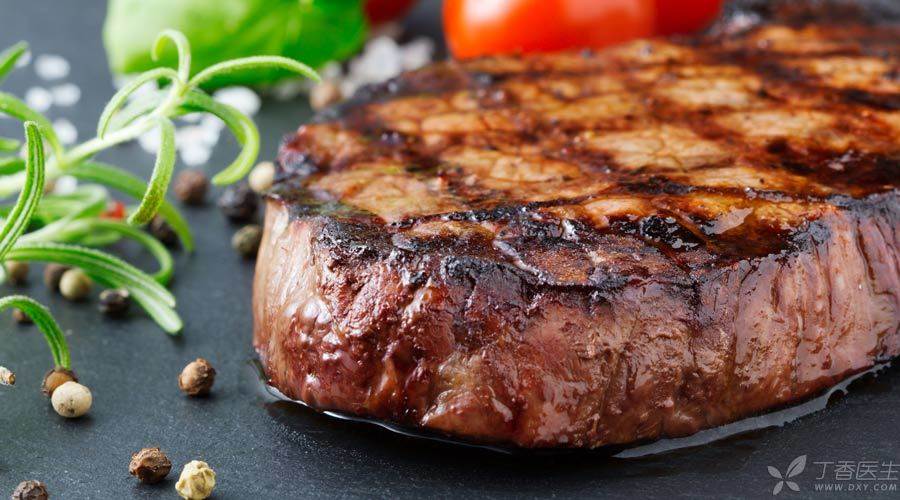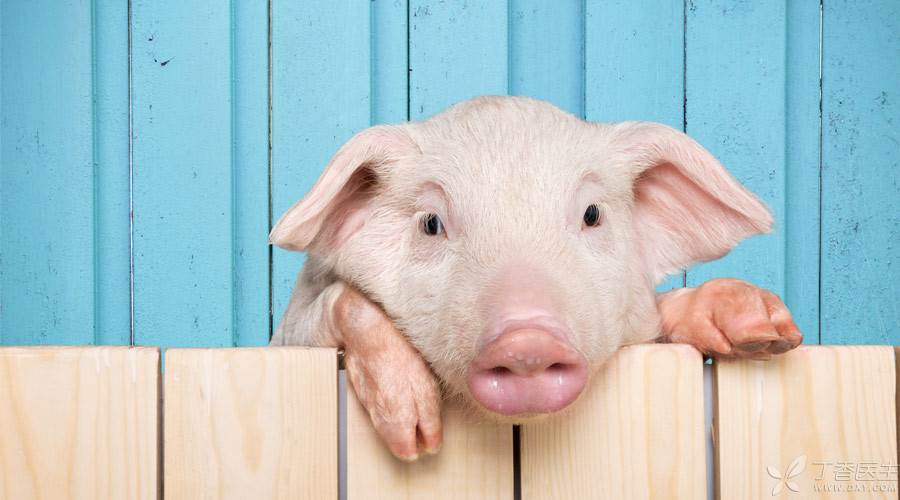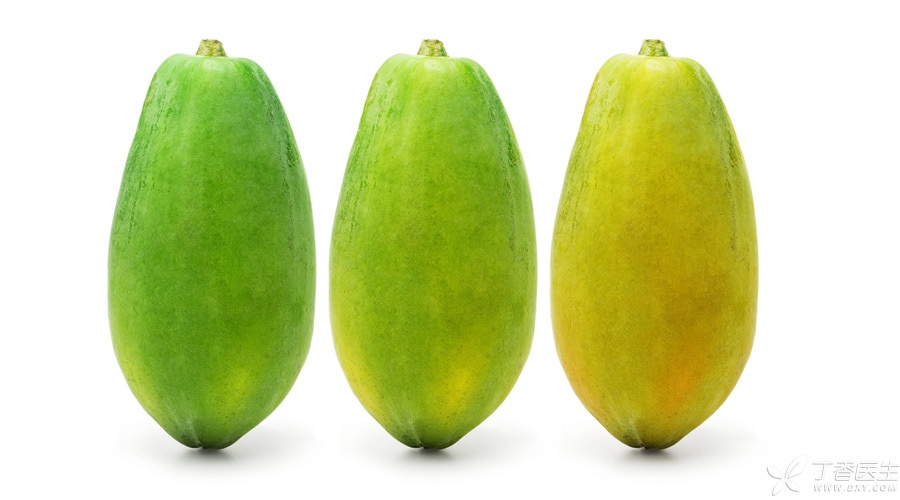For food, the best thing in the world is probably to stutter meat. If you have to find a better thing, it is probably the meat you bite down, fresh and tender enough to produce gravy…
However, there is a kind of sadness called fresh, tender and juicy meat that will always be in the restaurant, and what you make will always be so chewy…
What should I do?
Dr. Clove will give you the answer.

The first move is to choose a good piece of meat.
The freshness and tenderness of meat are affected by many factors.
Step 1 Moisture
Nen means that you can pinch out the water when looking at it. Fresh and tender meat has no low water content. Don’t buy those with dry and inelastic surfaces.
Of course, what we are talking about here is the water contained in the meat itself, but black-hearted water-injected meat is not.
2. Muscle state
Muscle, also known as lean meat, is made up of many muscle fibers, which are the key to affect the taste.
- The number of muscle fibers is usually the same, but the body can change. The slimmer the muscle fibers, the tender the meat. Muscle fibers are generally gathered together, and the looser their team is, the tender the meat is. Fat is a good friend of muscle. The more fat, the tender the meat.
Do you know why snowflake fat cattle are tender and delicious? It’s because of snowflake fat.
3. The state of the meat
Although muscle fibers are very important, it is unfair to compare beef tendon with fish belly.
- Variety: Pork is fatty and has loose muscle fibers, so it is usually tender than beef and mutton. Age: Although I don’t have the heart, the younger the animal, the tender the meat. Part: The part that is often exercised tastes old, for example, tendon meat is harder than tenderloin meat.
In addition, feeding status and pre-slaughter mood will also affect the meat quality. Next time you go to the market, you can ask the boss: Was this meat happy before?

4. How to Cut Meat
People who often cook have probably heard the saying of “cutting cattle and sheep horizontally, cutting pigs vertically and cutting chickens vertically”. Yes, cutting methods are also very important.
- Beef and mutton have many tendons that grow along muscle fibers. If cut along the texture, the whole tendons will remain in the meat and are difficult to chew. Pork has few tendons. If the muscle fibers are cut off, it is tender enough, but slippery meat slices will become slippery meat foam. Chicken should also be slightly angled so that it will not disperse when cooked.
The second trick is to learn from the chef.
The meat in the restaurant is always delicious? That’s because the canteen chef has a set of secrets for handling meat:
Step 1 Destroy muscle structure
- Do a horse kill chicken (massage), let the meat body tender; Cut off muscle fibers and other tissues through cutting, pricking, grinding, etc. Hydrolysis of protein with protease to destroy muscle fibers; Pickle with acid or alkali to weaken muscle tissue.
STEP 2 Hold the moisture
In addition to using a little violent methods, replenishing water and keeping water can also save the tenderness of meat.
- Replenish water. When bacon is salted, A small amount of water is added several times, Add a little stir, Until the meat becomes watery. Keep water. The most common way is to wrap starch. Once in the pan, it will quickly form a protective shell, so that water cannot escape. Move quickly. The shorter the meat lasts in the pan, the less water will be lost. Master usually uses pressure cooker and over-oil. The hall master recommends pressure cooker, which is an artifact to improve cooking skills. As for over-oil… occasionally, you know.
If you are witty, you can combine the above moves…

The third move is mysterious tender meat agent.
The main components of tender meat powder are enzyme and starch. Enzymes extracted from papaya, pineapple and other plants can destroy muscle structure, while starch can retain water and double tender.
If tender meat powder is used to cover up the stale meat quality, or if nitrite exceeds the standard due to random use, there is indeed a potential safety hazard.
Therefore, the key is that the products should be qualified and the usage should be controlled.
Cut the meat thinner, mix well with tender meat powder in proportion, let stand for 15-30 minutes, and then put it into the pan.
It’s as simple as that.
Don’t let it stand for too long, or it may turn into meat mud.

The fourth move fruit is also effective, green papaya is the best.
If you are worried about the safety of tender meat powder, use natural fruits. Dr. Clove recommends papaya and pineapple that are not ripe yet, especially the one that pricks the mouth.
The method is also very simple. Mix papaya or pineapple juice (pulp) and meat well and let stand for 15-30 minutes before they can be put into the pot.
As for how many papayas are appropriate?
It depends on whether you want to eat meat with papaya flavor or papaya with meat flavor.
If you don’t like the taste of raw onions, you can stir-fry the onions in advance to soften them.
The core of the above method is to buy a good piece of meat.
